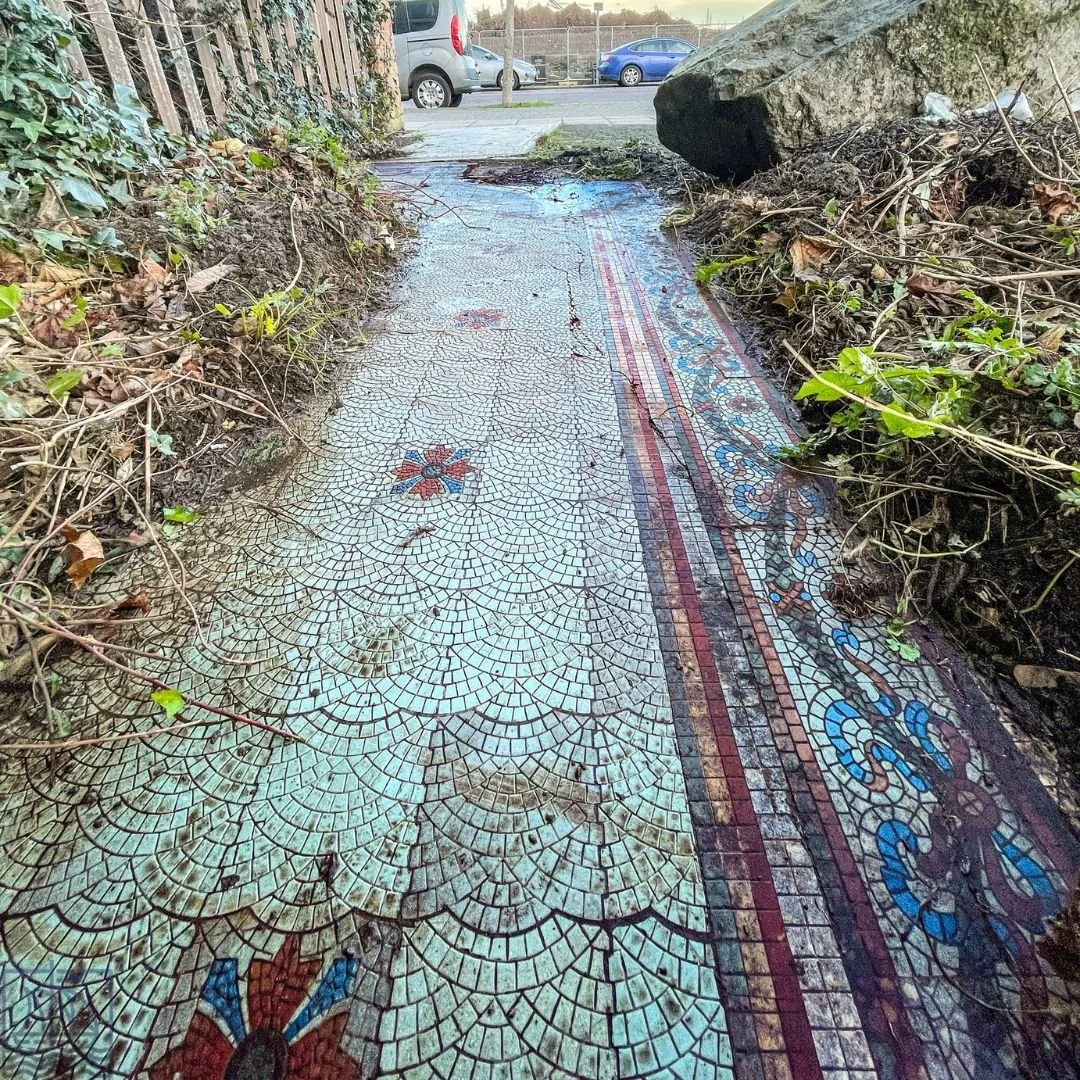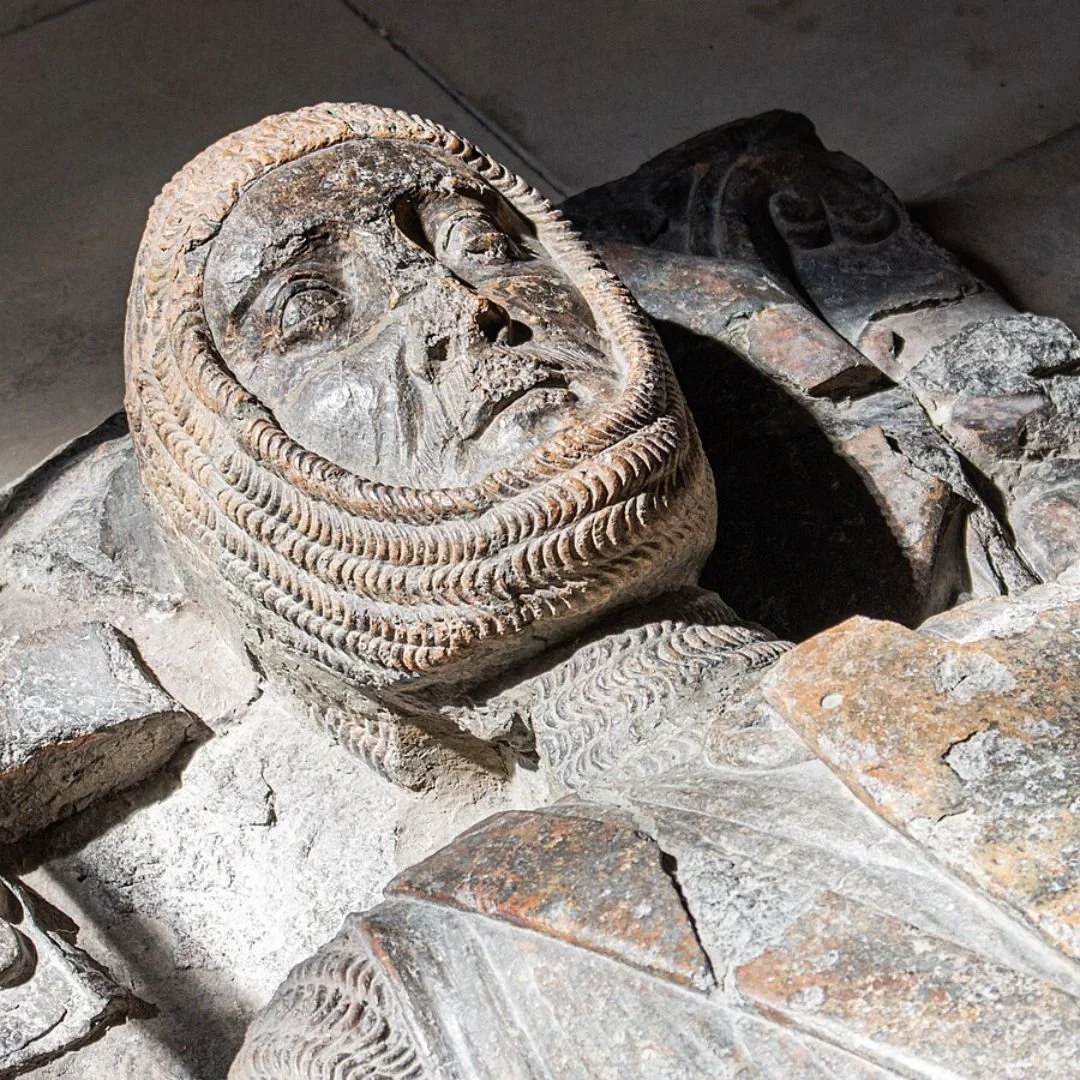The Ball Turret: Ball-Shaped Gun Turret in WW2
The Ball Turret typically refers to the ball-shaped gun turret mounted on the underside of some military aircraft, particularly bombers, during World War II.
The Gunners operating this claustrophobic contraption endured sub-zero temperatures, hours spent breathing through an oxygen mask and cramping in their muscles from sitting hunched in a fetal position for long periods.
There were plenty of positions during World War II that put a serviceman’s life at risk.
Arguably one of the worst was being the ball turret gunner.
Eventually, it was abandoned in future aircraft designs, leaving the immense dangers it posed behind.
The ball turret’s, measuring 3.5 feet in diameter, was meticulously designed to minimise drag.
Its operation typically fell to the smallest member of the crew, for obvious reasons. Accessing the turret required its rotation until the guns aligned vertically downward.
The gunner would then secure himself in the cramped space, positioning his feet in the heel rests before fastening a safety strap and sealing the turret door.
Due to space constraints, there was no provision for storing a parachute inside the turret; instead, it remained in the cabin above.
Consequently, the Ball Turret Gunner stood as the sole crew member without immediate access to a parachute.
The gunner was confined to a fetal position within the turret, pressed against the rear wall with his back and head, while his hips rested at the bottom and his legs hung mid-air, supported by two footrests on the front wall.
Positioned at eye level were a pair of Browning AN/M2 .50 caliber machine guns, their light barrels extending through the turret's entirety on either side of the gunner.
Due to the proximity of the charging handles, a cable system was implemented, connecting them to a handle near the turret's front for easier operation.
However, not all gun stoppages could be resolved solely by charging the guns; sometimes, the gunner needed to reload them, a challenging task given the cramped space.
Normally, accessing the firing chamber required releasing a latch and raising the cover perpendicular to the gun, but the turret's design necessitated a modification.
To facilitate this, the front end of the cover was slotted, enabling the gunner to remove it and clear the action when needed.
Ammunition was supplied through small boxes resting atop the turret, with additional belts fed through a chute system.
Suspended from the turret's top, roughly between the gunner's feet, was a reflector sight aiding in target acquisition.
Despite the confined space and technical challenges, the gunner persevered in his crucial role defending the aircraft from aerial threats.
Ball turrets gradually fell out of use as advancements in aircraft design and aerial warfare rendered them less practical and effective.
The decline in their usage began in the post-World War II era with the development of jet-powered aircraft and guided missile technology.
These advancements allowed for faster and more manoeuvrable aircraft, making it increasingly difficult for ball turrets to effectively track and engage enemy targets.
Additionally, the introduction of electronic countermeasures and radar systems provided alternative methods for detecting and neutralising aerial threats, reducing the reliance on manned defensive gun turrets.
By the 1960s and 1970s, the widespread adoption of strategic bombers like the B-52, which utilised remote-controlled defensive systems and electronic countermeasures, further diminished the need for manned ball turrets.
Reacting to the photos on social media, someone said: “It must have taken lots of courage and determination to take up this challenge -thank you for your bravery.”
Another person said: “The great sacrifices, our servicemen have endured for our freedom. They need to be recognized more. Thank you to all our military.”
If you enjoyed this blog post, please follow Exploring GB on Facebook for daily travel content and inspiration.
Don’t forget to check out our latest blog posts below!
Thank you for visiting Exploring GB.


















